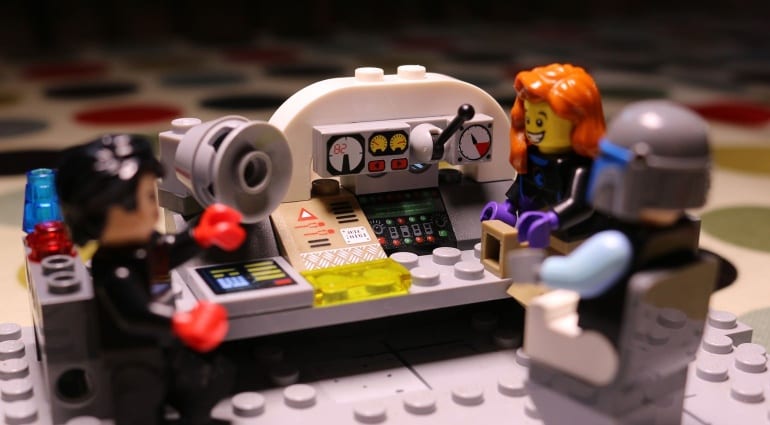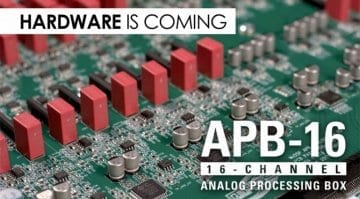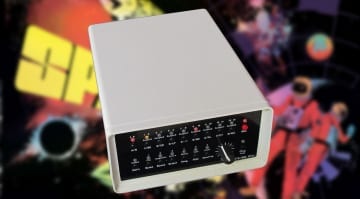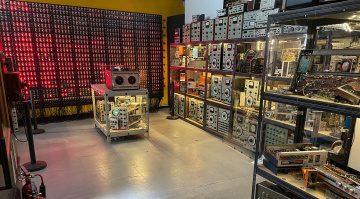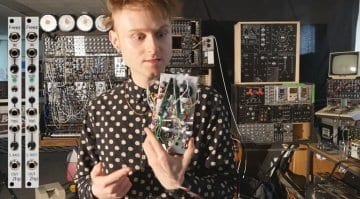Experience the newly restored first recording of computer music
In 1951 a BBC outside broadcast unit in Manchester recorded three melodies played by Alan Turing’s Electronic Computer Mark II. This beats the Bell Labs computer, largely believed to have been the first computer to generate musical notes, by six years. In fact it had been making noises since 1948. The original acetate disc has been recently restored; correcting the pitch and removing other artefacts. Now we can accurately hear the birth of computer music and the hilarity that we all feel when working with these infernal machines.
Turing’s computer sported a loud speaker, which he called the “hooter”. Special instructions could be sent to it to emit a short pulse of sound in time with the computers internal clock. Every fourth tick would produce a “click” in the speaker. Repeating the instruction enough times would transform the click into a tone – in fact it was C6, two octaves above middle C. Turning discovered that by using different patterns the ear could perceive different notes. The notes were used to denote different tasks or signalling messages so that a user could “listen in” to what the computer was doing.
Computer music
The first musical sequence was programmed by a schoolteacher and rising computer scientist named Christopher Strachey. He’d picked up a copy of Turing’s programmers handbook and was intrigued by the section on programming musical notes. Turing let him use the computer for a night. He described the experience to Nancy Foy interviewing him for “The Word Games of the Night Bird” in 1974:
‘I sat in front of this enormous machine, with four or five rows of twenty switches and things, in a room that felt like the control room of a battle-ship.’ It was the first of a lifetime of all-night programming sessions. In the morning, to onlookers’ astonishment the computer raucously hooted out the National Anthem. Turing, his usual monosyllabic self, said enthusiastically ‘Good show’.
The BBC recording was made some time later that year.
The restoration was undertaken by Jack Copeland, Distinguished Professor in Arts at the University of Canterbury, and Jason Long, New Zealand composer and performer. They explain the whole process on a blog post for the British Library (below). They cut the recording directly to acetate disc. When they listened to it they realised that it was at the wrong pitch. The Manchester computer could only produce certain frequencies and it wasn’t matching up to what was actually possible. Using the information on the pitches the computer could produce they were able work out that the recording was playing back too fast. With much analysis, noise and wobble removal and some pitch correction software we are now able to enjoy the true sound of Turing’s computer.
Here’s a copy of it uploaded to SoundCloud by the Australian edition of The Guardian:
You are currently viewing a placeholder content from SoundCloud. To access the actual content, click the button below. Please note that doing so will share data with third-party providers.
It has an amazingly bowed quality about it in my view.
The full details of the project are on the British Library Sound and Vision blog here.

